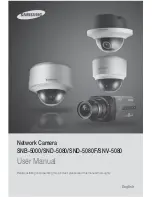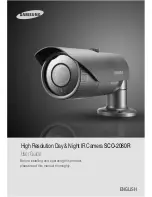
10
5.1 Calibration Notes :-
1. When using a standard Fume Hoods with Vertical Sliding sashes open
the sash to the normal max safe working height for the Low Air sample.
2.
For the Higher Air sample close the sash to approx 50% of the opening
used for the Lower Air sample. If the Higher air sample value is too close
to the Lower Air sample the alarm will detect this and ask you to repeat
with a higher value. To do this close the sash a little more and repeat the
sample. Avoid closing the sash below 4 ins.
A difference of at least 50 fpm or more between the high and low velocity
points will create the best accuracy over the whole operating range.
3.
The face velocity readings on the open sash may vary at different points
on the measuring grid by up to 20fpm. This is quite acceptable in terms of
the fume hood performance so long as no individual point is below the
designated Low Air alarm point .The figure entered for the calibration point
can be taken as the average value of all the measuring grid readings or
could be taken as the individual lowest point on the grid. For most fume
hoods this low point is on the bottom row in the centre and is a convenient
position to measure and for future reference when checking the alarm
during annual maintenance.
4.
Take time when measuring the face velocities for the calibration procedure
to allow for the velocities across the open sash to stabilize. If the velocities
are changing or are turbulent during the sampling period the alarm will
detect this and ask you to repeat the sample
.
5.
When using a Fume Hood with Horizontal Sliding sashes open the
sashes to the normal max safe working opening for the Low Air sample.
When calibrating or re-calibrating the alarm it is important to ensure that the ‘Vent
kit’ is connected to the In-line airflow sensor on the fume hood. If the vent kit is
not connected the sensor will not ‘see’ a change in the airflow during the
calibration procedure. If this occurs the alarm will detect this an bring up a
warning on the display asking you to ‘check the sensor’
If the sensor cable is not connected the alarm will display SENSOR ERROR and
you will not be able to proceed with the calibration.








































